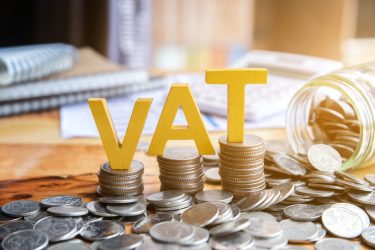
The amount of VAT collected in the last 12 months has risen to a record £133 billion, with a significant contribution from the retail and wholesale sectors.
The latest figures from HM Revenue & Customs (HMRC) indicate that revenue has increased by £7 billion against 2017/18, which represents a 5.3 per cent rise.
VAT receipts have risen by 52 per cent in the last 10 years, from £87.6 billion in 2008/19.
The data also shows that the VAT gap has risen to £12.5 billion, with VAT debt reaching £2.2 billion as HMRC estimates that 9.1 per cent of due VAT is not collected.
VAT reporting changed this year as the introduction of Making Tax Digital for VAT in April 2019 requires that all VAT must be digitally reported to HMRC on a quarterly basis.
Incorporated companies represented the largest share of VAT, as well as accounting for 93 per cent of annual taxable turnover in the 2018/19 tax year. Sole proprietors were the next largest group, accounting for 17 per cent of VAT traders, but just one per cent of annual taxable turnover.
The number of VAT de-registrations reached 902,000, with the increase being attributed to the Government’s changes to the flat rate scheme (FRS), which saw the rate of VAT increase to 16.5 per cent.
There was also an increase in VAT registrations, with the figures reaching 1.09 million this year, with experts linking this to the freeze in the VAT registration threshold at £85,000.
For help and advice with matters relating to VAT, contact our expert team today.

